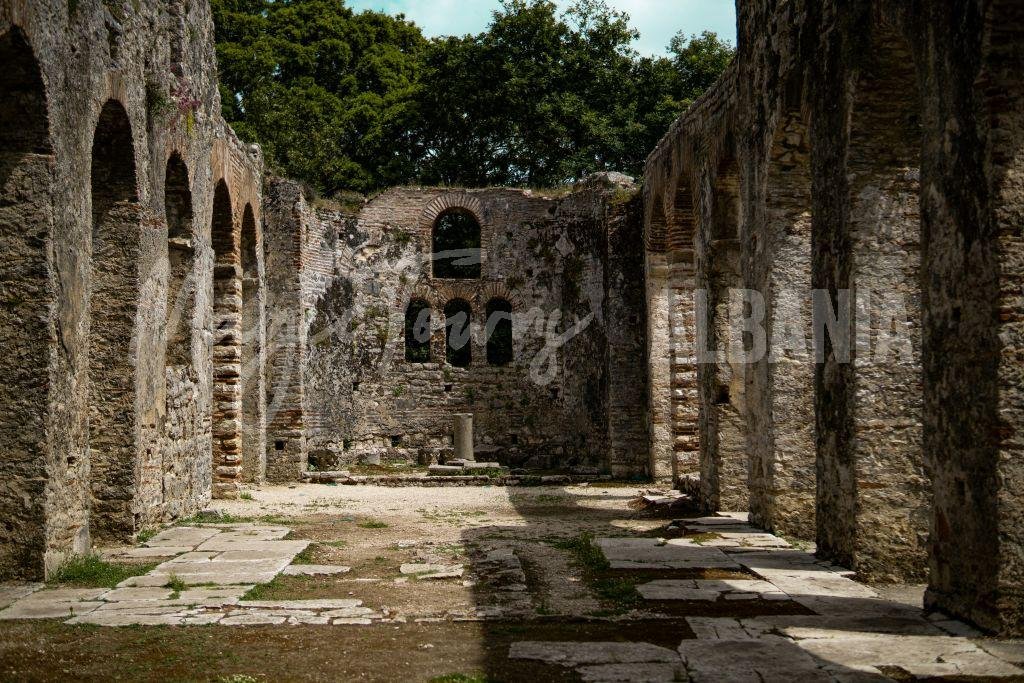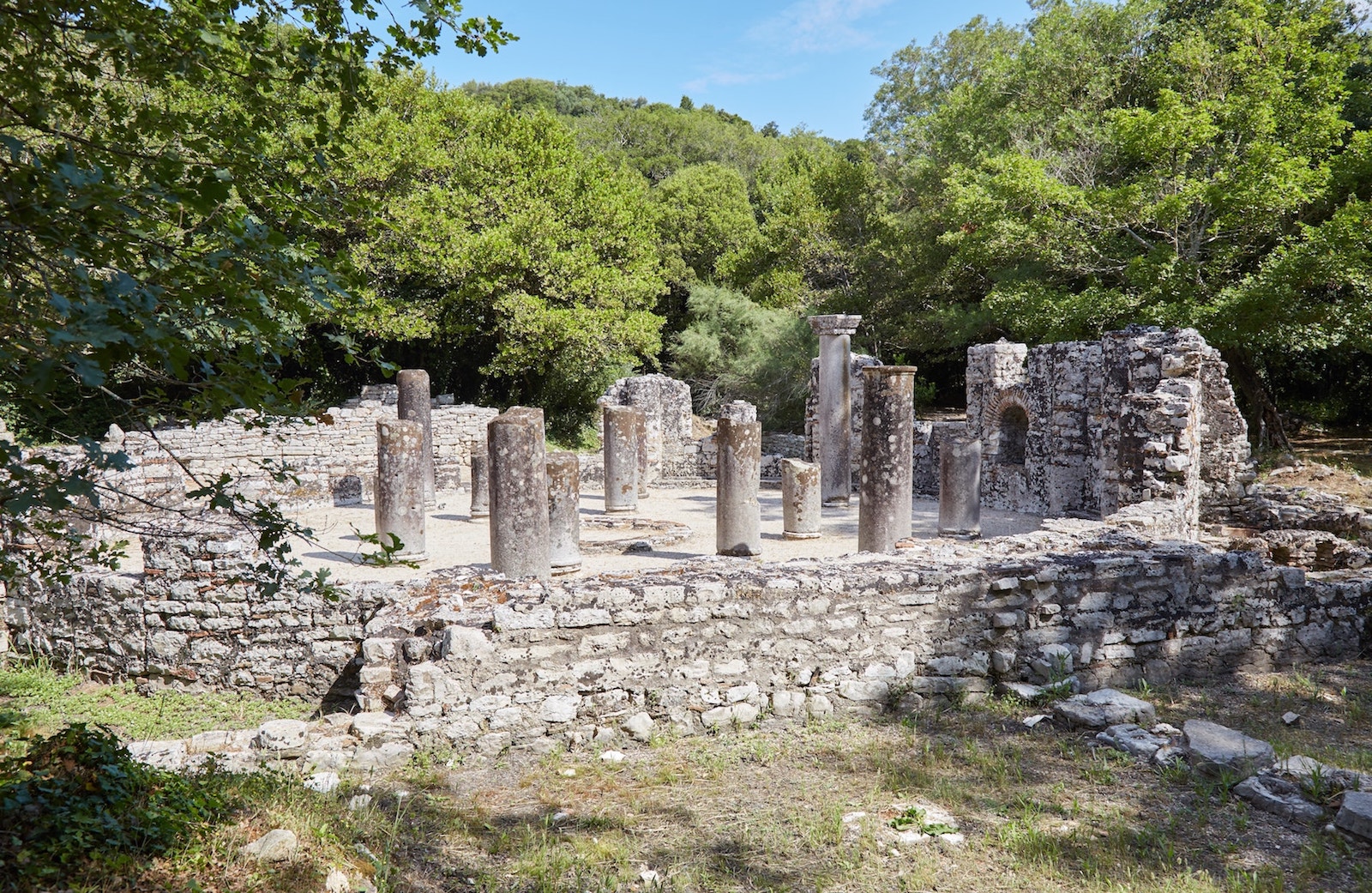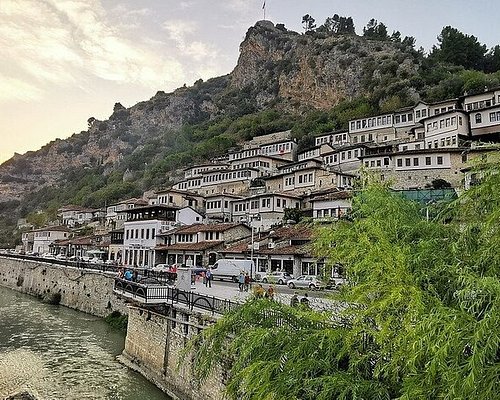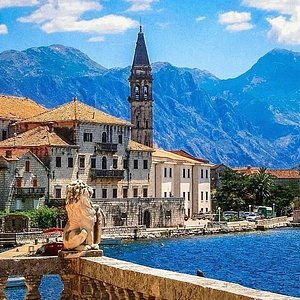Albania’s Top Historical Sites to Explore
Source: magictowns.al Introduction Brief History of Albania Albania’s history is a rich tapestry woven through centuries of intrigue and resilience. From the Illyrians, known for their fierce warrior culture, to the Byzantine and Ottoman empires, Albania has seen diverse influences shaping its identity. Each period left behind significant remnants, giving a glimpse into the past…

Introduction
Brief History of Albania
Albania’s history is a rich tapestry woven through centuries of intrigue and resilience. From the Illyrians, known for their fierce warrior culture, to the Byzantine and Ottoman empires, Albania has seen diverse influences shaping its identity. Each period left behind significant remnants, giving a glimpse into the past that pulses with life.
Significance of Albania’s Historical Sites
Embracing an array of historical sites, Albania offers visitors much more than mere attractions—it’s a journey through time. These sites are not just relics but serve as storytellers, revealing:
- Cultural Identity : Each location reflects a piece of Albania’s vibrant history.
- Architectural Beauty : Stunning structures that showcase diverse influences.
- Tourism Opportunities : Boosting local economies and awareness of heritage.
Exploring these sites truly enriches one’s understanding of Albania’s narrative.

Butrint
Background of Butrint
Nestled near the shores of the Ionian Sea, Butrint is a striking testament to the layers of history that have unfolded in Albania. This ancient city, believed to have originated in the 8th century BC, was a thriving settlement for Greeks, Romans, and Byzantines alike. As you wander its ruins, a sense of the past envelops you.
Architectural Marvels at Butrint
The site showcases remarkable architectural wonders that highlight its storied past. Key features include:
- The Theater : With a capacity for 1,500 spectators, it stands as a testament to Butrint’s cultural significance.
- Basilica : A relic of early Christian architecture, offering captivating mosaics.
- Aqueduct : Demonstrating advanced engineering for its time.
Each structure narrates the evolution of Butrint and its influence on subsequent civilizations.
Importance of Butrint in History
Butrint’s historical importance transcends mere architecture. It serves as a strategic port that welcomed traders and travelers, fostering cultural exchanges. Its inclusion as a UNESCO World Heritage Site underscores the necessity of preserving its legacy:
- Cultural Diversity : Butrint reflects the mingling of cultures through time.
- Archaeological Significance : Ongoing excavations continue to unveil artifacts that deepen our understanding of ancient life.
Visiting Butrint is not only an exploration of ruins but a connection to a vibrant historical narrative that continues to inspire.

Berat
Historical Overview of Berat
Nestled in the heart of Albania, Berat is often referred to as the “City of a Thousand Windows” because of its stunning, whitewashed houses lining the hills. Its history dates back to antiquity, showcasing a blend of various civilizations, including Illyrians, Romans, and Byzantines. You can almost hear whispers from the past as you stroll through its charming streets.
Berat Castle: A Testament to the Past
Dominating the landscape, Berat Castle stands tall, sharing tales of resilience and grandeur. It’s much more than a fortification—this ancient citadel houses:
- Churches and Mosques : Reflecting religious harmony.
- Well-Preserved Ruins : Offering insights into architectural styles through the ages.
Climbing to the castle’s summit provides breathtaking views that inspire awe and reflection on the storied past beneath your feet.
Exploring Berat’s Ottoman Influence
Berat’s rich Ottoman heritage is evident throughout the city, seen in the intricate details of its architecture and local customs. Key elements of this influence include:
- Historic Mosques : The Lead Mosque and the King’s Mosque showcase exquisite Ottoman craftsmanship.
- Bazaar Culture : Traditional markets invite you to explore local delicacies and artisanal crafts.
Experiencing Berat is like walking through an open-air museum that beautifully captures the essence of Albanian history.

Gjirokastër
Gjirokastër: A UNESCO World Heritage Site
Gjirokastër, often referred to as the “City of Stone,” stands proudly as a UNESCO World Heritage Site, showcasing its exquisite Ottoman-era architecture and stunning natural landscapes. Its narrow cobblestone streets and stone houses create an enchanting atmosphere that transports visitors back in time. Every corner you turn reveals hidden gems and stories just waiting to be discovered.
Gjirokastër Castle and Its Rich History
At the heart of the city lies the majestic Gjirokastër Castle, which has been a silent witness to centuries of Albanian history. The castle, a formidable structure, has:
- Impressive Ramparts : Providing a sense of security and strength throughout the ages.
- Museums : Showcasing artifacts that narrate Gjirokastër’s significance over the years.
Exploring the castle’s grounds allows one to appreciate the blend of culture and history that defines this region.
Ottoman Legacy in Gjirokastër
Gjirokastër’s Ottoman legacy is palpable in its architecture, traditions, and local cuisine. You can immerse yourself in this heritage through:
- Traditional Houses : Notable for their unique architectural design, many now serve as museums.
- Culinary Delights : Sample local dishes like “qifqi,” rice balls made with herbs, reflecting centuries of culinary influence.
Walking through Gjirokastër is an unforgettable experience, offering not only scenic views but also a deep connection to Albania’s rich cultural tapestry.

Apollonia
Uncovering the Ancient City of Apollonia
Nestled near the modern town of Fier, the ancient city of Apollonia reveals layers of history waiting to be explored. Founded in the 6th century BC by Greek colonists, its ruins tell stories of strategic importance during the Roman era. As you walk among the remains, you’ll feel a connection to a vibrant past that shaped much of the region’s development.
Apollonia Archaeological Park Highlights
The Apollonia Archaeological Park is a treasure trove for history enthusiasts. Key highlights include:
- The Great Theatre : Once bustling with activity, it could seat up to 3,500 spectators.
- The Odeon : Smaller yet equally captivating, showcasing exquisite Roman architecture.
- The Library : A reminder of Apollonia’s scholarly pursuits and intellectual heritage.
Each site invites visitors to imagine the bustling life that once thrived in these ancient spaces.
Apollonia’s Cultural Significance
Apollonia played a crucial role in the ancient world, acting as a cultural and economic hub. Elements of its significance include:
- Educational Center : Home to renowned philosophers and scholars.
- Trade Links : Connecting the Adriatic to the interior regions, fostering commerce.
Visiting Apollonia offers a profound perspective on Albania’s historical narrative, making it a must-see destination for anyone interested in ancient civilizations.

Krujë
The Story of Krujë’s Resistance
Krujë, a town steeped in history, is best known for its unwavering resistance against Ottoman rule. Its scenic hills and rugged landscape provided a strategic advantage for the heroic figure Skanderbeg, who led the Albanian forces during the 15th century. As you wander through its streets, you can almost feel the spirit of bravery that once filled this town.
Krujë Castle: Icon of Albanian History
Dominating the skyline, Krujë Castle stands as a symbol of national pride and resilience. Key features of the castle include:
- Imposing Walls : Built to withstand sieges, they guard the stories of battles fought long ago.
- Stunning Views : The castle’s elevation offers breathtaking panoramas of the surrounding valleys.
Exploring the castle not only provides insight into military architecture but also a glimpse into the heart of Albanian history.
Skanderbeg Museum in Krujë
Inside the castle, the Skanderbeg Museum commemorates the legendary hero. The museum’s exhibits highlight:
- Artifacts and Weapons : Offering a tangible connection to the past.
- Interactive Displays : Engaging visitors in the story of Skanderbeg’s fights for freedom.
Visiting the museum enriches your understanding of Albania’s legacy, making Krujë a vital stop for those wanting to delve into the nation’s storied past.

Shkodra
Shkodra: A Blend of Cultures
Shkodra, one of Albania’s oldest cities, is a vibrant tapestry woven with influences from various cultures, thanks to its strategic location at the crossroads of the Balkans. As you stroll through its charming streets, you’ll notice the blend of architectural styles—from Venetian to Ottoman. Each building tells a story, merging traditions that reflect the city’s rich and diverse heritage.
Rozafa Castle: Legend and History
Overlooking the city, Rozafa Castle is steeped in legend and historical significance. The tales of its construction are captivating, featuring a woman named Rozafa, whose sacrifice became a symbol of strength. Key aspects of the castle include:
- Imposing Walls : These ancient fortifications have guarded the city for over two millennia.
- Breathtaking Views : The castle offers stunning panoramas of the surrounding lakes and mountains.
Exploring Rozafa Castle provides an exhilarating approach to history that embodies the spirit of Shkodra.
Marubi National Museum of Photography
A visit to Shkodra wouldn’t be complete without stopping at the Marubi National Museum of Photography. Celebrating the legacy of the Marubi family, pioneers of photography in Albania, this museum showcases:
- Historical Photographs : Capturing moments from the late 19th and early 20th centuries.
- Innovative Exhibits : Offering insights into the evolution of photography as an art form.
The museum allows visitors to connect with Albania’s past through a visual journey, making Shkodra an essential destination for culture lovers and history enthusiasts alike.

Conclusion
Recap of Albania’s Top Historical Sites
Throughout this journey, we’ve explored some of Albania’s most captivating historical sites, from the ancient ruins of Butrint to the majestic walls of Berat Castle. Each location offers a unique glimpse into the rich tapestry of Albania’s past, filled with tales of resilience, cultural exchange, and architectural beauty.
Key sites we’ve highlighted include:
- Butrint : A UNESCO World Heritage Site steeped in ancient history.
- Berat : Known for its stunning Ottoman houses and famous castle.
- Gjirokastër : The “City of Stone” symbolizing Albania’s rich heritage.
- Apollonia : An ancient city reflecting its scholarly roots.
- Krujë : The bastion of Albanian resistance against the Ottomans.
- Shkodra : A mosaic of cultures, filled with compelling legends.
Encouragement to Explore Albania’s Rich History
Albania’s rich history beckons travelers to uncover its many layers. Whether you are a history buff or simply looking for a unique cultural experience, the stories and sites waiting to be explored will leave an indelible mark.
- Immerse Yourself : Walk the cobbled streets, visit the ruins, and breathe in the stories.
- Meet the Locals : Engage with the community to learn firsthand about their traditions and history.
Embark on your adventure and discover the timeless beauty and history that Albania has to offer!






